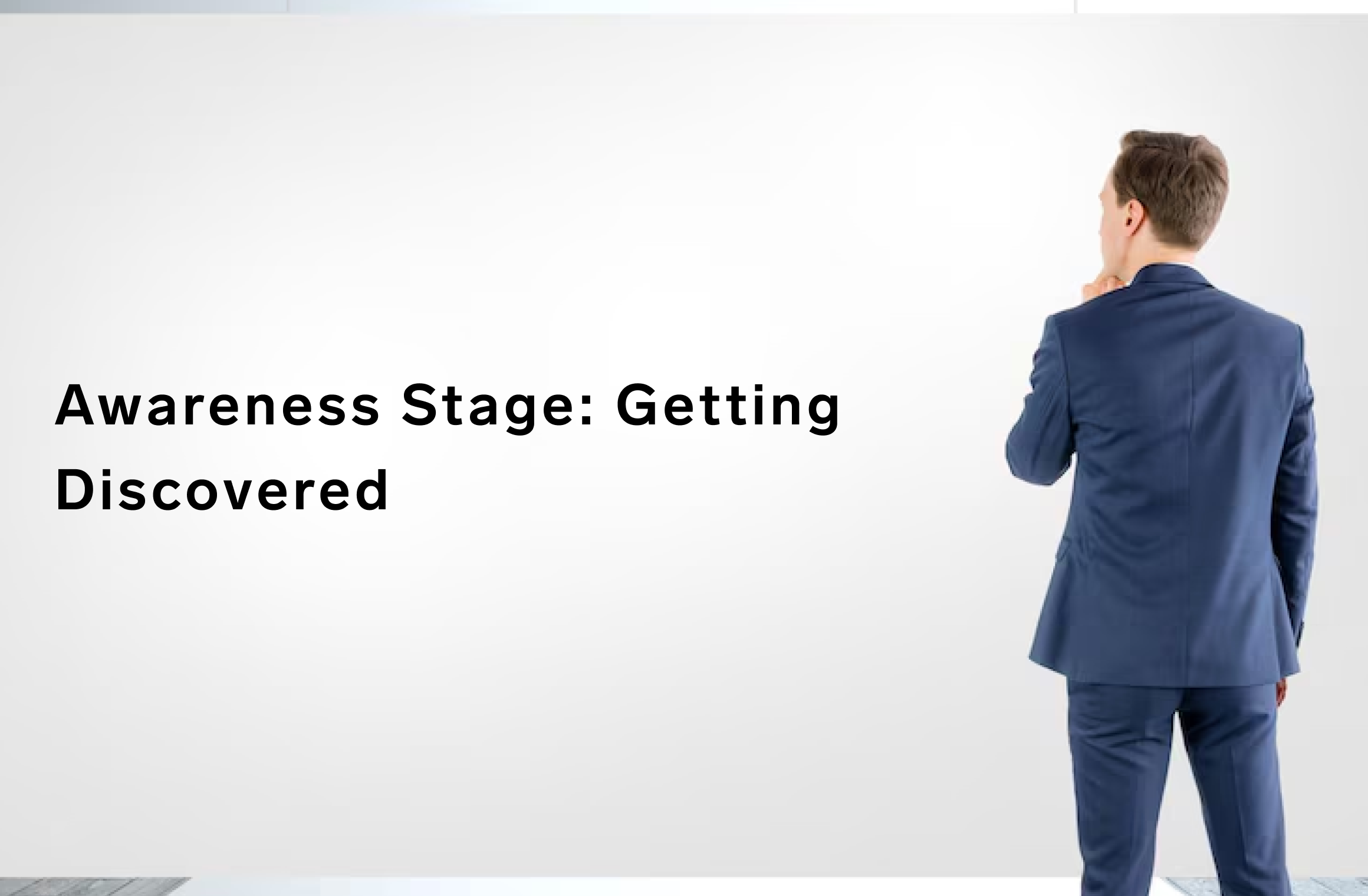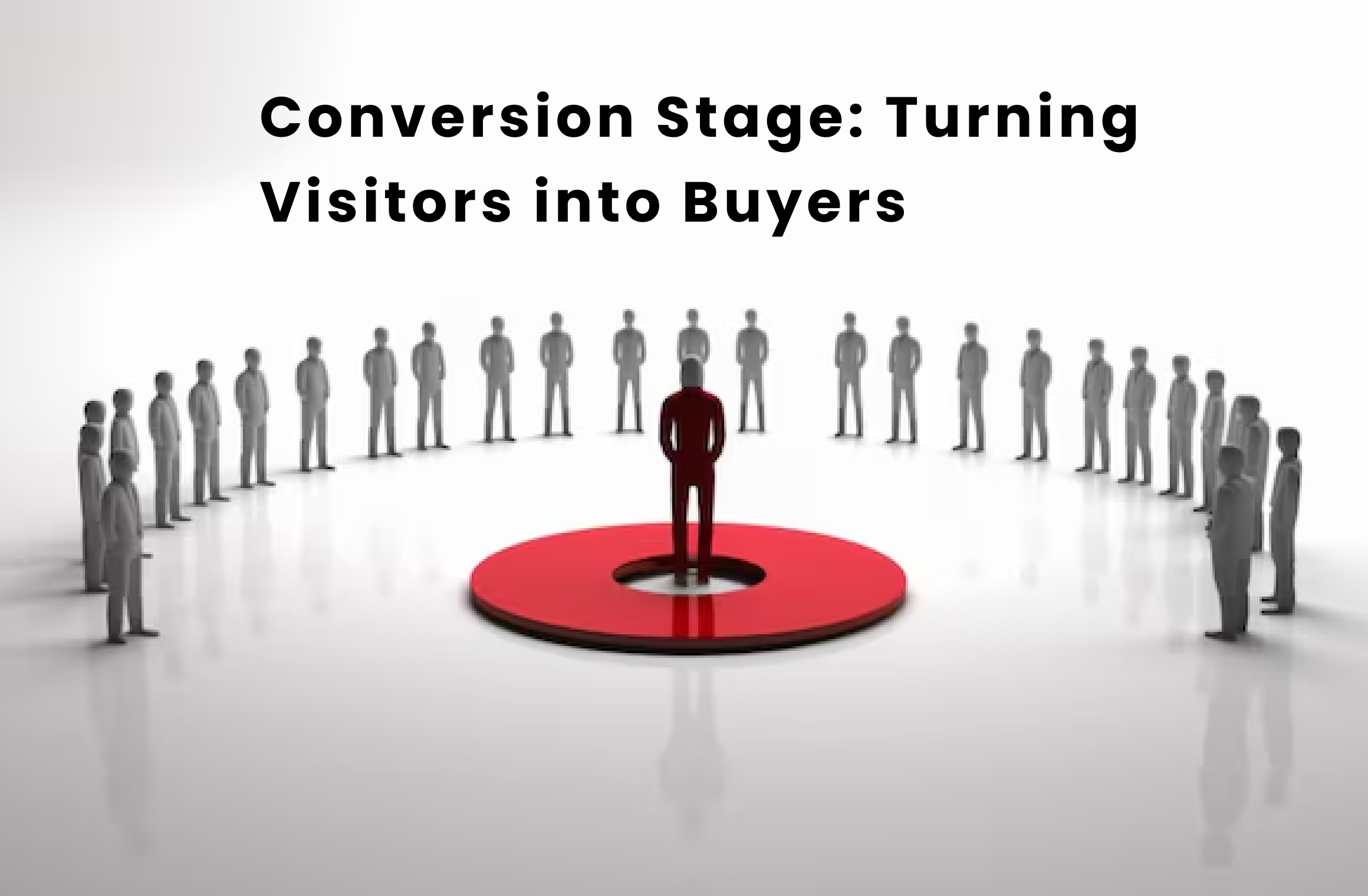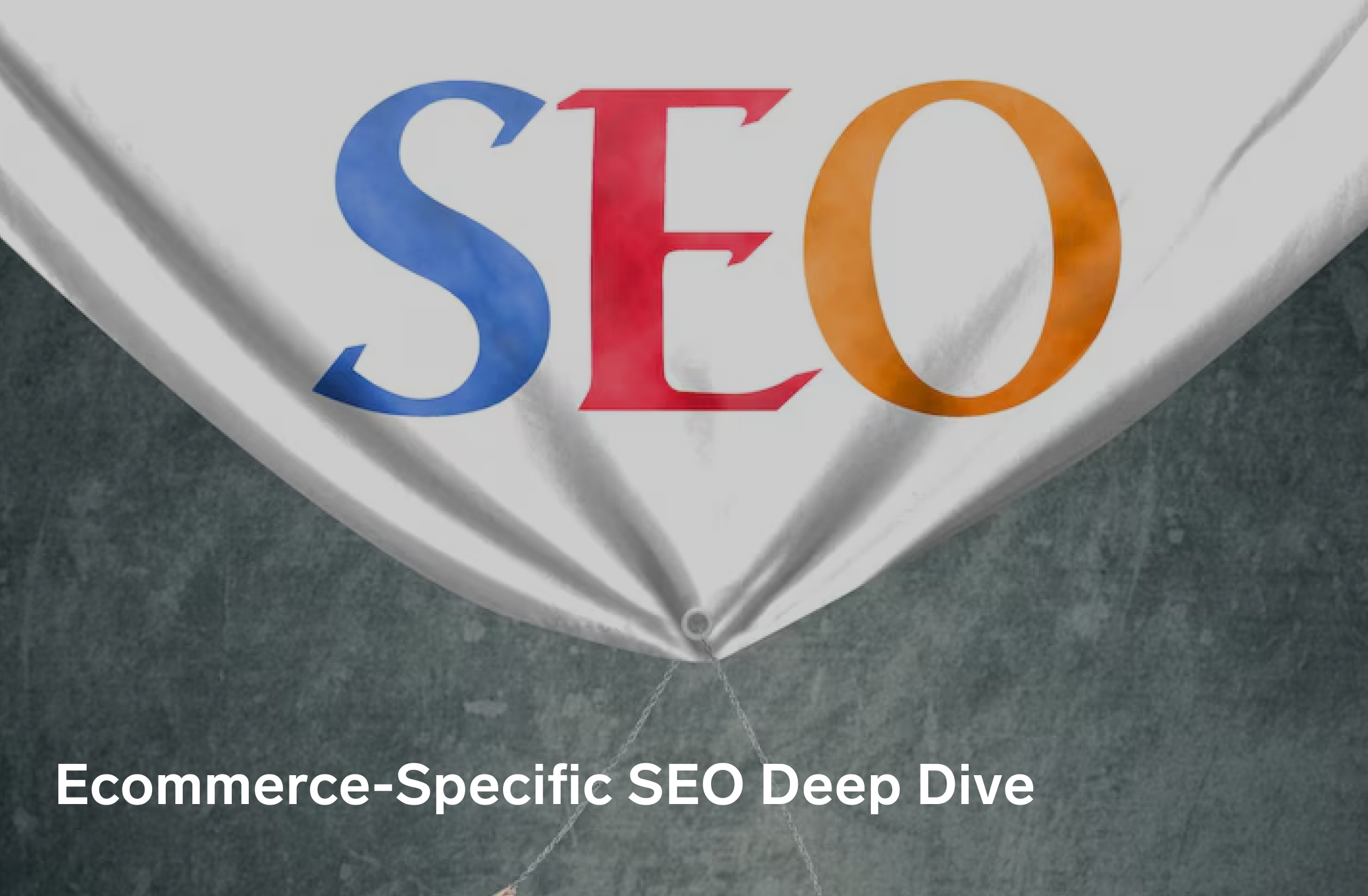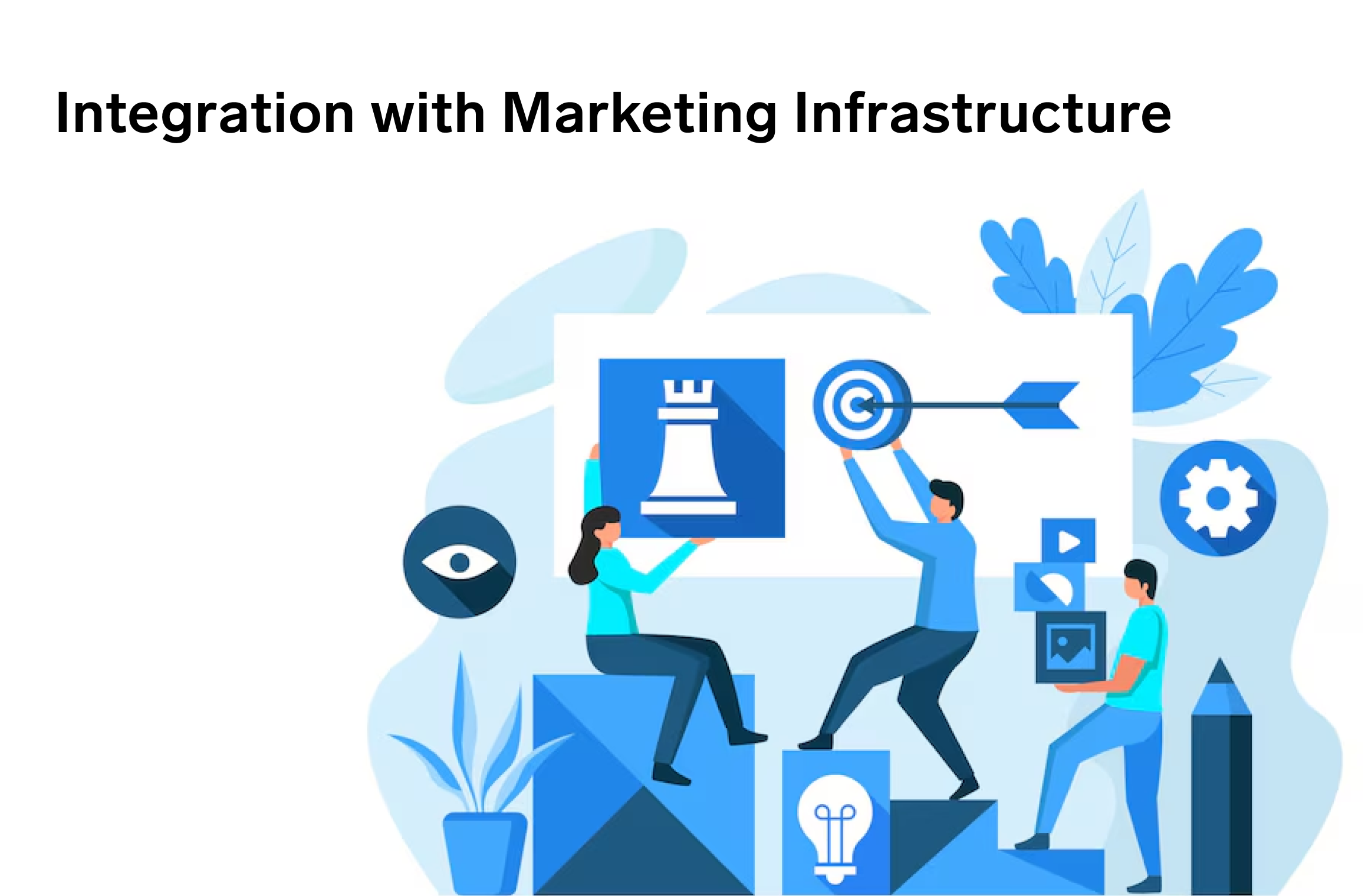Ecommerce Marketing Strategy: How to Drive Sales and Grow
Table of Contents
- 1 Ecommerce Marketing Strategy: How to Drive Sales and Grow
- 2 Understanding the Ecommerce Marketing Funnel
- 3 Consideration Stage: Building Trust and Value
- 4 Conversion Stage: Turning Visitors into Buyers
- 5 Retention Stage: Building Customer Loyalty
- 6 Ecommerce-Specific SEO Deep Dive
- 7 Measuring Success: Key Ecommerce Metrics
- 8 Choose the Right Marketing Tools for Your Budget
- 9 Marketing Tactics by Funnel Stage
- 10 Plan Your Content Strategy with This Weekly Framework
- 11 Frequently Asked Questions
- 12 What is an ecommerce marketing funnel and why is it important?
- 13 How can SEO help my online store grow?
- 14 What are the best ways to reduce cart abandonment?
- 15 How do I build trust with online shoppers?
- 16 Why is hosting important for ecommerce marketing success?
It takes a strategic approach to contact customers, establish trust, and turn visitors into loyal buyers in order to construct a successful online store. Because it concentrates on the entire customer journey, from discovery to repeat purchases, in a digital environment, ecommerce marketing strategy is very different from traditional marketing.
Unlike regular marketing, online ecommerce marketing has to address issues like product discovery, customers abandoning their carts, keeping customers engaged, and establishing trust without direct face-to-face contact. In most ecommerce sectors, nearly 2% to 4% of visitors become customers, which means increasing conversions is key to growing a business.
The guide explains how to use reliable strategies at every important step in the customer journey to help you build a marketing system that drives sustainable growth for your online store.

Understanding the Ecommerce Marketing Funnel
Ecommerce marketing is successful when it guides potential customers through four distinct stages in a planned way:
Awareness Stage: Customers come across your products by using search engines, checking out social media or trusting others who have tried them. Your objective is to grab people’s attention and present yourself as credible.
Consideration Stage: People who might be interested in your business compare your products with those of your competitors. At this stage, you gain clients trust by explaining things in detail and showing what others think about your products.
Conversion Stage: People visiting the website turn into paying customers thanks to straightforward ways to pay, tempting offers and a user-friendly interface.
Retention Stage: When people are satisfied after making a purchase and keep being engaged, they often become loyal to the brand and return to shop again.
Each stage requires specific tactics and tools to maximize effectiveness and ROI.

The top ecommerce SEO strategies include optimizing product and category pages with targeted keywords, building a solid internal linking structure, creating valuable content that aligns with user search intent. Focus on these ecommerce-specific SEO elements:
Product Page Optimization: Include primary keywords in product titles, descriptions, and URL structures. Write unique descriptions for each product, avoiding manufacturer content that creates duplicate content issues.
Category Page Strategy: Optimize category pages with targeted keywords and create compelling category descriptions that help both users and search engines understand your product range.
Structured Data Implementation: Use schema markup for products, reviews, and pricing to enhance search result visibility and enable rich snippets.
Site Speed Optimization: Page loading speed directly impacts both SEO rankings and conversion rates. Compress images, optimize code, and choose reliable hosting that maintains consistent performance under traffic spikes.
Content still reigns supreme and is a key component of eCommerce SEO in 2025. For the best eCommerce SEO, your blog post strategy should leverage long-tail keyword variations of your target keywords for products and categories.
Create valuable content that addresses customer questions and pain points:
- Product comparison guides
- How-to tutorials featuring your products
- Industry trend analysis
- Customer success stories
- Buying guides for your product categories
Establish presence on platforms where your target audience spends time. Focus on visual platforms like Instagram and Pinterest for consumer products, or LinkedIn for B2B ecommerce. Share behind-the-scenes content, user-generated content, and product demonstrations.
Partner with micro-influencers (1,000-100,000 followers) who have engaged audiences in your niche. In India, micro-influencer collaborations typically cost ₹2,000-₹15,000 per post, providing better ROI than macro-influencer partnerships while creating authentic product endorsements. Focus on regional influencers who connect with your target demographic and speak local languages.
Consideration Stage: Building Trust and Value

| Email List Building | Remarketing Campaigns |
|---|---|
| Capture visitor information through strategic lead magnets: | Implement pixel-based remarketing to re-engage visitors who didn’t convert. |
|
|
Create detailed comparison pages that position your products favorably against competitors. Include feature comparisons, pricing analysis, and customer reviews to help prospects make informed decisions.
One of the biggest conversion rate optimization trends for 2025 is integrating trust signals. Display security badges, customer testimonials, return policies, and guarantee information prominently throughout your site.
Conversion Stage: Turning Visitors into Buyers

Design clear paths to purchase with minimal friction:
- Streamlined checkout processes
- Guest checkout options
- Multiple payment methods
- Clear shipping and return policies
Create urgency through flash sales, countdown timers, and limited inventory notifications. These psychological triggers encourage immediate action from hesitant buyers.
Implement automated email sequences for cart abandoners:
- First email: Gentle reminder within 1 hour
- Second email: Incentive offer within 24 hours
- Third email: Final urgency push within 72 hours
Artificial intelligence (AI) and automation are transforming how e-commerce businesses optimize conversion rates in 2025. Focus on:
- A/B testing product pages and checkout flows
- Personalizing product recommendations
- Optimizing mobile experience
- Implementing live chat support
Retention Stage: Building Customer Loyalty

| Post-Purchase Email Marketing | Loyalty Programs | Customer Reactivation Campaigns |
|---|---|---|
| Create automated sequences that enhance the customer experience: | Develop programs that reward repeat purchases: | Re-engage inactive customers through targeted campaigns: |
|
|
|
Ecommerce-Specific SEO Deep Dive

Beyond basic SEO, ecommerce sites require specialized optimization:
Create logical link structures that:
- Connect related products and categories
- Distribute page authority throughout your site
- Help customers discover complementary products
- Guide search engines through your site architecture
Encourage customer reviews, photos, and videos. This content provides fresh, unique material that search engines value while building social proof for potential customers.
If you have physical locations or serve specific geographic areas, optimize for local search through Google My Business profiles, local keywords, and location-specific content. In India, focus on city-specific keywords and regional language content to capture local search traffic. Consider creating separate pages for major metropolitan areas like Mumbai, Delhi, Bangalore, and Chennai.
Measuring Success: Key Ecommerce Metrics

Track these essential metrics to evaluate your marketing effectiveness:
Conversion Rate: Percentage of visitors who complete purchases. Monitor overall rates and segment by traffic source, device, and customer type.
Average Order Value (AOV): Average amount spent per transaction. Increase through product bundling, upselling, and cross-selling strategies.
Customer Lifetime Value (CLTV): Total revenue expected from a customer relationship. Calculate by multiplying average order value by purchase frequency and customer lifespan.
Return on Ad Spend (ROAS): Revenue generated per rupee spent on advertising. Aim for 4:1 minimum ROAS for sustainable profitability in the Indian market.
Customer Acquisition Cost (CAC): Total cost to acquire each new customer, including marketing expenses and sales team costs. In India, this typically ranges from ₹200-₹2,000 depending on your industry and target market.
Cart Abandonment Rate: Percentage of initiated checkouts not completed. Industry average is 70%, making recovery campaigns essential.
Choose the Right Marketing Tools for Your Budget
| Budget Range | Essential Tools | Monthly Cost (₹) | Key Features |
|---|---|---|---|
| Startup (₹0–₹40,000) |
Google Analytics, Search Console | Free | Basic tracking & insights |
| Mailchimp / ConvertKit | ₹1,500–₹3,000 | Email automation | |
| Canva Pro | ₹500 | Social media graphics | |
| Google Ads (Basic) | ₹15,000–₹25,000 | Targeted traffic | |
| Growing (₹40,000–₹1,50,000) |
All startup tools + | – | Foundation maintained |
| Facebook / Instagram Ads | ₹20,000–₹40,000 | Social media reach | |
| Klaviyo | ₹3,000–₹8,000 | Advanced email automation | |
| SEMrush / Ahrefs | ₹8,000–₹15,000 | SEO research & tracking | |
| Hotjar | ₹2,500 | User behavior analysis | |
| Scaling (₹1,50,000+) |
All previous tools + | – | Comprehensive stack |
| Multi-platform PPC | ₹80,000–₹2,00,000 | Cross-channel advertising | |
| Influencer Campaigns | ₹25,000–₹1,00,000 | Brand partnerships | |
| Marketing Automation | ₹10,000–₹20,000 | Advanced workflows | |
| Professional Content | ₹30,000–₹60,000 | High-quality creatives |
Marketing Tactics by Funnel Stage
| Marketing Tactic | Awareness | Consideration | Conversion | Retention |
|---|---|---|---|---|
| SEO Content | ✓✓✓ | ✓✓ | ✓ | ✓ |
| Social Media | ✓✓✓ | ✓✓ | ✓ | ✓✓ |
| Google Ads | ✓✓ | ✓✓✓ | ✓✓✓ | ✓ |
| Email Marketing | ✓ | ✓✓✓ | ✓✓ | ✓✓✓ |
| Influencer Marketing | ✓✓✓ | ✓✓ | ✓ | ✓ |
| Remarketing | ✓ | ✓✓✓ | ✓✓✓ | ✓✓ |
| Content Marketing | ✓✓✓ | ✓✓✓ | ✓ | ✓✓ |
| Loyalty Programs | – | ✓ | ✓ | ✓✓✓ |
| Cart Abandonment | – | ✓ | ✓✓✓ | ✓ |
| Product Reviews | ✓ | ✓✓✓ | ✓✓ | ✓✓ |
Plan Your Content Strategy with This Weekly Framework
| Week | Monday | Tuesday | Wednesday | Thursday | Friday | Saturday | Sunday |
|---|---|---|---|---|---|---|---|
| Week 1 | Product Spotlight | Behind-the-Scenes | How-to Tutorial | Customer Feature | New Arrivals | User-Generated Content | Weekly Roundup |
| Week 2 | Industry News | Product Comparison | Educational Content | Testimonial | Flash Sale | Lifestyle Content | Community Highlight |
| Week 3 | Trend Analysis | Product Bundle | Problem-Solution | Case Study | Limited Offer | Entertainment | Weekly Tips |
| Week 4 | Month Recap | Upcoming Products | Educational Series | Success Story | Seasonal Promotion | Interactive Content | Planning Ahead |
- Instagram: Product photos, Stories, Reels, IGTV tutorials
- Facebook: Detailed posts, live videos, customer stories, community engagement
- Twitter: Quick updates, industry news, customer service, trending topics
- LinkedIn: B2B content, industry insights, company updates, thought leadership
- YouTube: Product demos, tutorials, customer testimonials, behind-the-scenes

Neglecting Mobile Optimization: Over 60% of ecommerce traffic comes from mobile devices. Ensure your site provides excellent mobile experience.
Ignoring Page Speed: Slow loading times increase bounce rates and decrease conversions. Regularly test and optimize site performance.
Overwhelming Product Pages: Too much information confuses customers. Focus on key benefits, clear images, and essential details.
Weak Email Marketing: Email remains one of the highest ROI marketing channels. Invest in quality automation and segmentation.
Inconsistent Branding: Maintain consistent visual identity and messaging across all marketing channels to build brand recognition and trust.

No marketing strategy succeeds without solid technical foundation. Fast, secure hosting directly impacts your SEO rankings and conversion rates. Search engines prioritize sites with quick loading times and reliable uptime, while customers abandon slow-loading pages.
Your ecommerce hosting platform should provide:
- SSL certificates for security and trust
- CDN integration for global speed optimization
- Scalable resources to handle traffic spikes
- Easy Backup & Recovery and security monitoring ensure your data stays protected and quickly restorable in case of any issue.
Consider VPS hosting for growing stores that need dedicated resources and enhanced performance. For businesses just starting, a reliable website builder can provide professional appearance without extensive development costs.
Successful ecommerce marketing requires consistent execution across multiple channels. Start by auditing your current performance in each funnel stage, then prioritize improvements based on your biggest opportunities.
Focus on building systems that scale with your business growth. Marketing automation, customer segmentation, and performance tracking become increasingly important as your customer base expands.
Remember that ecommerce marketing is an ongoing process of testing, measuring, and optimizing. Stay current with platform updates, algorithm changes, and customer behavior trends to maintain competitive advantage.
Ready to grow your online store? Make sure your website is built on fast, secure ecommerce hosting—HostingRaja has scalable plans designed to support serious growth. Visit our ecommerce hosting solutions to learn how the right hosting foundation can amplify your marketing efforts and drive sustainable business growth.
Frequently Asked Questions
What is an ecommerce marketing funnel and why is it important?
An ecommerce marketing funnel is a structured process that guides potential customers through four stages—awareness, consideration, conversion, and retention. It ensures you attract, engage, and retain buyers, maximizing conversions and customer lifetime value.
How can SEO help my online store grow?
Ecommerce SEO improves your store’s visibility in search engines by optimizing product pages, category pages, and site speed. This drives targeted traffic, enhances brand credibility, and increases your chances of turning visitors into paying customers.
What are the best ways to reduce cart abandonment?
You can reduce cart abandonment by simplifying checkout, offering guest checkout, providing multiple payment options, and sending timely cart recovery emails. Adding urgency through limited-time offers can also encourage faster purchases.
How do I build trust with online shoppers?
Showcase customer reviews, security badges, clear return policies, and product guarantees on your website. Providing detailed product information and comparison pages also helps potential buyers feel confident in their purchase decisions.
Why is hosting important for ecommerce marketing success?
Fast, secure, and reliable hosting improves site speed, boosts SEO rankings, and ensures a smooth shopping experience. With scalable resources, SSL certificates, and CDN integration, your hosting platform directly impacts your store’s conversions and growth.
-

KINGSTON AJITH
Senior Content Writer @ HostingRajaA seasoned Senior Content Writer with over 5 years of experience in the tech industry, specializing in web hosting. Passionate about creating unique, high-quality content for articles, blogs, and web pages. As a dedicated learner, continually improving writing skills and overseeing all online content and communications to ensure quality and consistency.
